How can I calm my dog’s anxiety naturally? If you’ve noticed your dog looking uneasy, this may be a common question in your mind. It can be upsetting to see your dog anxious or nervous and not know how you can help.
The good news is there are many ways in which you can try to ease your dog’s nerves. This article will discuss the different causes and symptoms of anxiety in dogs as well as explore a few tried-and-tested ways to help your anxious dog live a happy, healthy life.

What is Anxiety?
Anxiety is a natural response to chronic stress that often results from abrupt changes or unstable circumstances. Anxiety disorders are one the most common mental illnesses among humans, afflicting around one-third of adults at some point in their lives. However, anxiety can also affect animals such as dogs.
When your dog is exposed to long-term or severe stress, it increases the risk of your dog developing anxiety. The best strategy is to figure out what’s causing the problem. Anxiety is usually obvious and easy to spot in dogs because of sudden behavior and physical changes.

Causes of Anxiety in Dogs
Prolonged stress or anxiety can cause your dog to become destructive or aggressive. That’s why it’s so important to understand what’s causing them anxiety so you can address the root problem.
Listed below are the most prevalent causes of anxiety in dogs.
Separation
Did you know approximately 40% of dogs tend to suffer from separation anxiety? Separation anxiety typically occurs when a dog is too attached to a person or animal and is separated from them.
When dogs are left alone for too long, it can be a distressing experience for them. Some dogs may look anxious before or after their owners leave and may even attempt to stop them from leaving in the first place.
Change in Schedule
If you’ve been wondering why is my dog anxious all of a sudden, it may have been triggered by a sudden change in your dog’s schedule. The dog may also develop separation anxiety if its guardian who used to work from home and spend the entire day with the dog later took a new job that forced them to leave the dog alone.
Fear
Loud sounds, strange persons or animals, visual stimuli, new or strange locations, or specific circumstances such as the veterinarian’s office or automobile rides can all make your dog feel scared. If constantly faced with these experiences, this can result in anxiety if it isn’t addressed sooner.

Change in Family
Anxiety can also be triggered if your dog is rehomed, is living temporarily or permanently with a new guardian, or has moved houses, which can make your dog feel abandoned. It can even be triggered by the abrupt absence of a family member, whether due to death or relocation.
Age
Anxiety is common in senior dogs, and it is linked to cognitive dysfunction syndrome (CDS). CDS is comparable to the early stages of Alzheimer’s disease in humans. In dogs, it causes the early deterioration of memory, learning, perception, and awareness can make senior dogs feel confused and anxious.
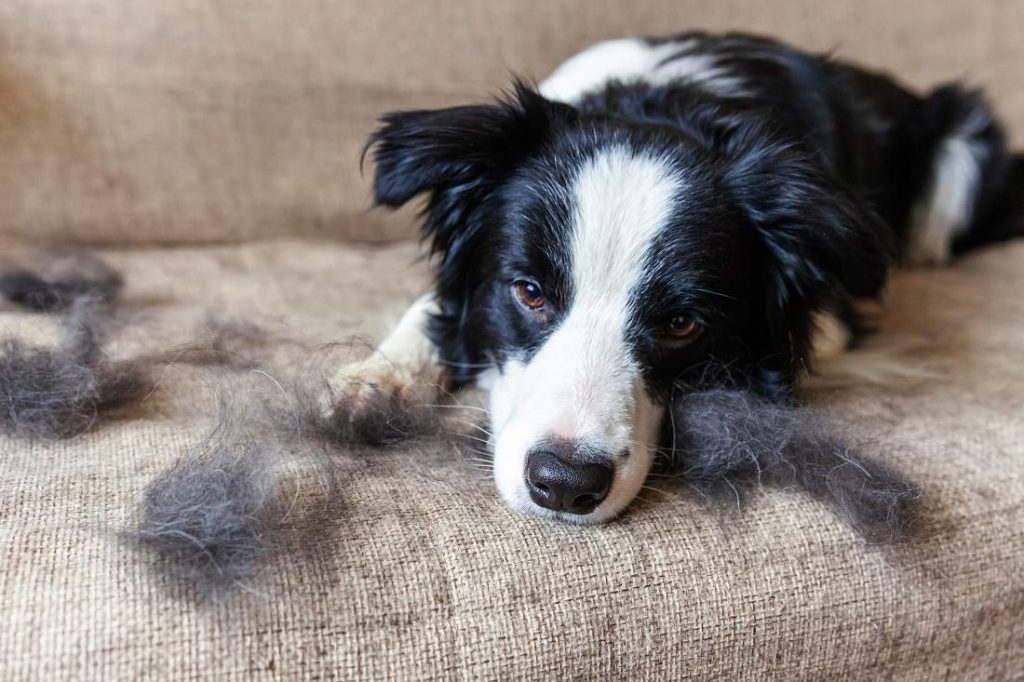
Symptoms of Anxiety in Dogs
Similar to humans, dogs also communicate their feelings through their body language.
Anxiety in dogs manifests itself in a variety of ways. If you’ve been wondering, what are signs of anxiety in dogs, here’s a list of symptoms to look out for:
- Panting
- Restlessness
- Patterned pacing
- Dilated pupils, rapid blinking, or wide-open eyes
- Change in eating habits and reduced bowel movement
- Shedding
- Persistent howling and barking
- Excessive drooling or licking
- Avoiding social interactions, moving away from the owner, or even running away to escape
- Self-harm
- Destruction of property, including chewing and digging
- Urinating
- Coprophagia
- Pica
If you notice any of these signs, taking your dog to the vet is recommended. If left untreated, anxiety can only worsen and can even cause your dog to develop panic attacks. And if you’re questioning, how long do dog panic attacks last, they can last anywhere from minutes to hours.
For conditions like pica or coprophagia, you may be looking up how to make a dog throw up and be tempted to induce vomiting to get rid of the substance that’s been ingested. Inducing vomit is recommended if your dog has consumed something toxic, but it’s not the right solution for such behavioral problems. Before you take any action, call the veterinarian to seek professional guidance.
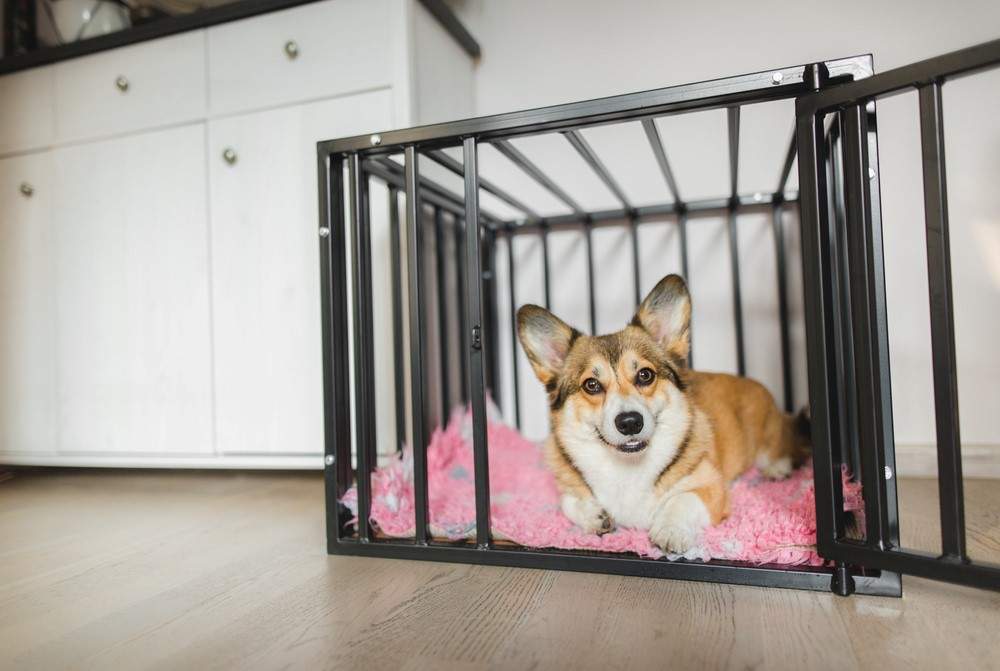
Ways to Calm Your Dog’s Anxiety
Once you recognize signs of anxiety in your canine friend, there are several measures you can take to help calm your dog. Medication is always an option in severe cases, but if you are questioning “how can I calm my dog’s anxiety naturally,” keep reading for effective ways to calm your dog’s nerves.
Identify and Avoid Triggers
Start with identifying what is causing your dog to become anxious. Make a list of the indicators you notice. This can include certain scenarios and circumstances in which your dog starts to display anxiety. The easiest solution for how to help a stressed dog is to avoid these triggers as much as possible.
For example, if your dog is terrified of other dogs or people, avoid going to the dog park until your dog is properly desensitized. Alternatively, you can take your dog for walks when there are fewer people around, let your dog run around in a fenced yard, or play games within the house where you can control the environment so that your dog doesn’t feel overwhelmed.
Crate Training
Most dogs may benefit from crate training since they learn that the crate is a safe place to go when left alone.
On the other hand, the crate might cause further stress and anxiety in some dogs! Crate confinement isn’t the greatest option if your dog shows signs of distress such as frequent wailing or barking, heavy panting, excessive salivation, or even escape attempts.
In such cases, you can confine your dog to one room behind a dog gate instead of using a crate. Make sure you always monitor your dog’s behavior during crate training.

Desensitization and Counterconditioning
Behavior training is one of the most effective ways to help reduce or eliminate your dog’s anxiety.
Desensitization
Desensitization is the process of repeatedly and carefully exposing your dog to a stimulus that generally triggers a scared or anxious response. It is done at such a low level of intensity that the dog does not get scared or feel anxious until it gets used to the stimulus and stops being affected by it and reacts normally.
Counterconditioning
Counterconditioning is a therapeutic method that replaces a fearful, nervous, or aggressive response with a pleasurable one. In this method, the presence or sight of a feared or despised person, animal, location, object, or situation is connected with something that the dog enjoys. Over time, the dog realizes that anything he is afraid of is simply a sign of pleasant things to come.
In dogs with separation anxiety, counterconditioning focuses on building an association between being alone and nice things, such as tasty food. For example, you can give your dog a puzzle toy every time you leave the house that is filled with food and will take him at least 20-30 minutes to complete.
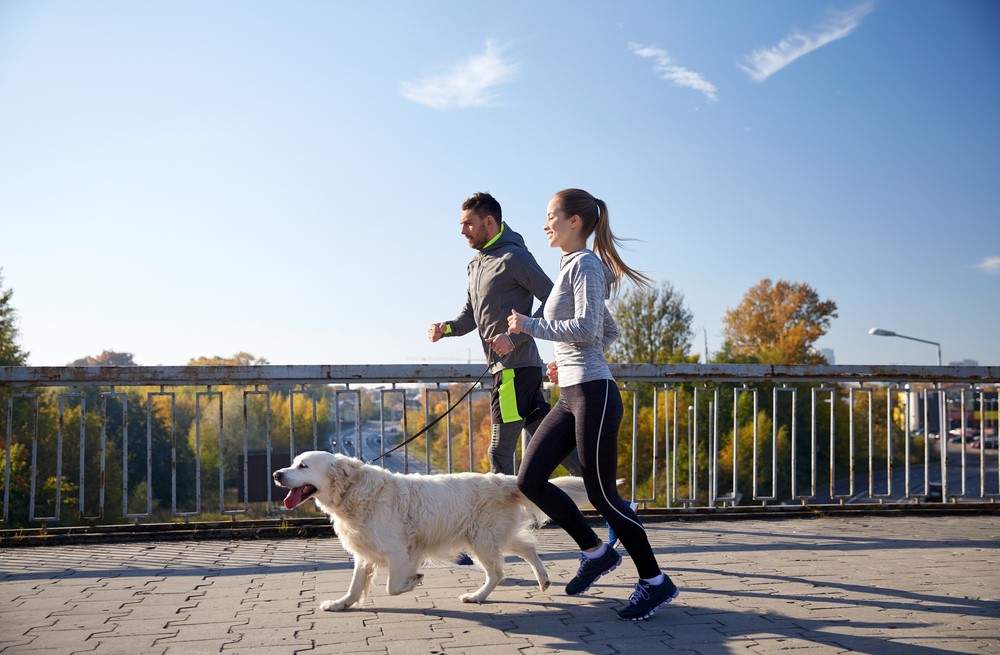
Physical Exercise
Several studies have shown that higher levels of activity in dogs can help reduce their aggression and fear levels. Physical stimulation can help address many behavior disorders, particularly those involving anxiety.
Exercise can significantly improve your dog’s quality of life, reduce stress, and give suitable outlets for stress.
Here are a few ways you can help your dog get regular exercise:
- Make sure your dog gets at least 30 minutes of cardiovascular activity such as running or even swimming daily.
- Play interactive games like fetch and tug-of-war with your dog.
- Allow your dog to play off-leash with his canine pals in a dog park.
- Whenever you leave your dog alone, make sure you keep enough treats and toys accessible to him.
- Use puzzles and chew toys to encourage chewing and licking, which have been demonstrated to have a soothing effect on dogs.
- Give your dog a choice of chew toys, both food and non-edible.
ALSO READ: How to Make the Most Out of Your Next Hiking Trip
Massage Therapy
Physical touch is known to help dogs with anxiety and aggression.
A gentle massage can release the happy chemicals — oxytocin, endorphins, and serotonin — in your dog and alleviate its stress.
Gentle caressing is also known to help dogs remain calm through stressful or unpleasant events such as getting vaccinations or blood extractions.
There are numerous massage techniques for your dog you can employ. Start with gently but firmly stroking the back of your dog’s head down the sides of its spine. A simple ear rub can also work wonders in reducing your dog’s anxiety.
Music Therapy
Classical music, like those of Mozart and Beethoven, has also been demonstrated to help dogs bark less and relax. This is also highly effective if you want to know how to calm an anxious dog at night. Soft music works well for dogs just as much as lullabies work for babies and toddlers!
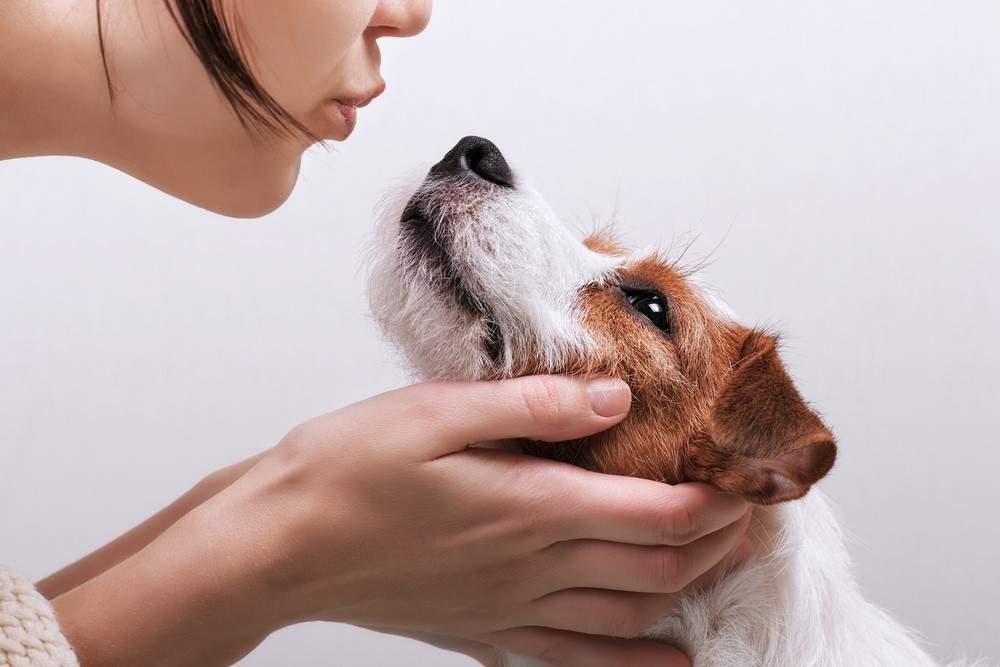
Be Extra Supportive
Anxiousness does not stem from disobedience. The distress results from your dog is upset and trying to cope with a lot of stress! If you punish your dog, it is more likely to make the problem worse.
It is critical to gradually help your dog become accustomed to being alone by starting with many short separations that do not cause distress and then progressively increasing the separation duration over several weeks of daily sessions.
Establish a Routine
Take your dog for walks every day. Allow your dog to anticipate when he will go outside, get to eat, and spend time playing with you. A consistent daily routine can help your dog feel safer and less afraid.
ALSO READ: Five Best Cities in the US for Geeks
Get a Compression Wrap
Compression wraps, also known as anxiety vests, work by exerting mild and consistent pressure on your dog’s torso area. It has a calming effect on your dog, much like a hug. This gentle and calm pressure can release endorphins, thus reducing anxiety.

Buy a Diffuser
A diffuser employs pheromones to help your dog calm down, similar to what a nursing mother does for her puppies. It’s simple to use: just plug the diffuser into the room where your dog spends most of its time. The diffuser emits dog-appeasing pheromones, which are odorless scents that dogs respond to, and put the dog at ease.
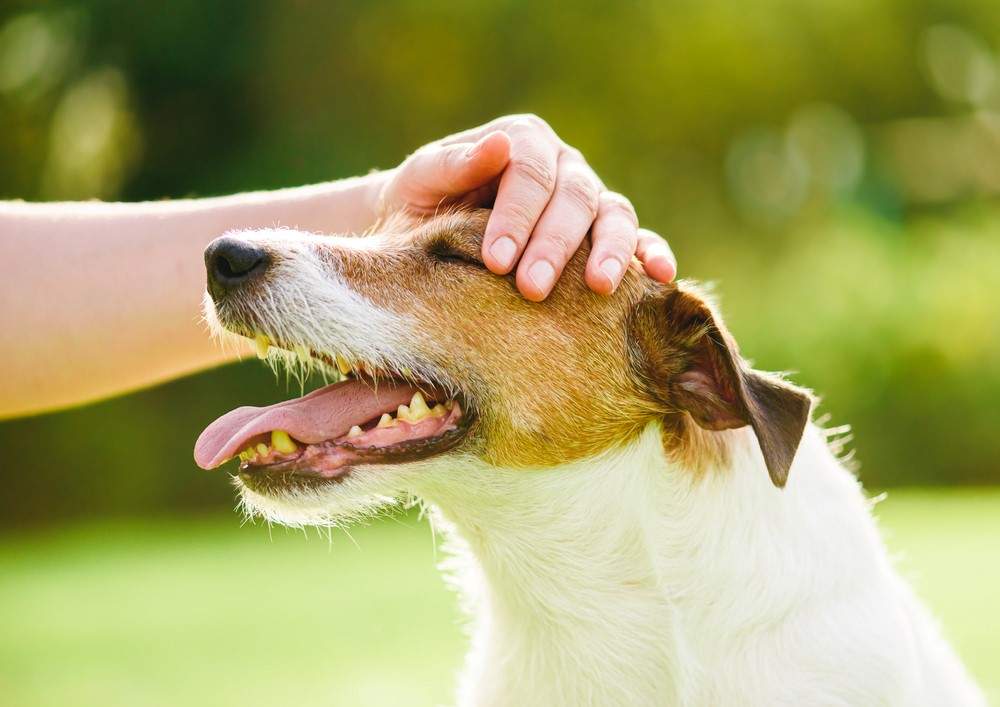
Call the Experts
After all the DIY methods, if you find your dog still looking nervous or anxious, it’s best to consult a licensed veterinarian or animal behavior expert. The professional will help determine the root problem and recommend the appropriate course of action. In some cases, medication may be necessary.
The mental health of your dog is as important as its physical health. Anxiety in dogs is one of the most common illnesses that pet owners should be aware of. It is important that wonders watch out for obvious signs of distress in their dogs.
If your dog has anxiety, identifying the triggers and avoiding them are the first steps to help your dog. You can also opt for some of the other natural methods listed here to help reduce your dog’s anxiety. And if it becomes too challenging for you to handle, it’s always a good idea to get help from a veterinarian.
We hope this article helped answer the question, “How can I calm my dog’s anxiety naturally.” With your love, care, and support, your dog should be able to spring back to its happy, healthy state in no time!

